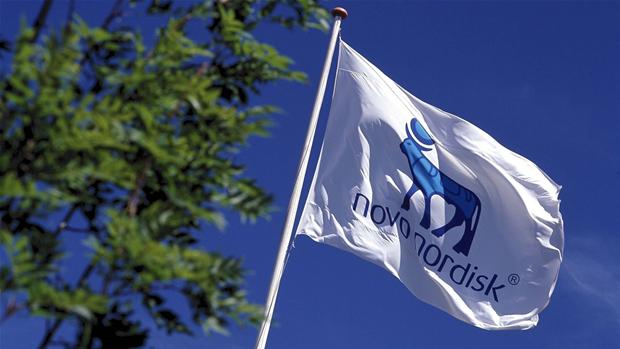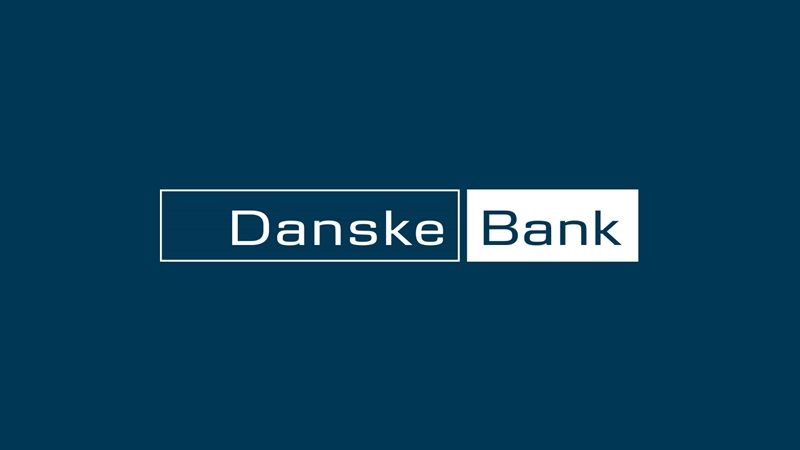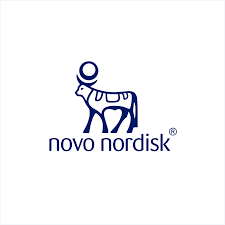“Daddy! Say ‘rødgrød med fløde’.”
An inaudible mumble follows. Daddy doesn’t play games – well maybe Cluedo at which he’s unbeatable because the Brits pretty much invented sleuthing – or eat Danish desserts. Yuk!
It’s all harmless fun – no complexes or counselling involved – and we’ve all been there, as Danish is a difficult language to learn.
And now a list by Babbel.com has confirmed what we’ve defensively been telling our overseas relatives all these years, along with: “Well, everyone speaks such good English” and “Nobody gives us a chance to practise.”
READ MORE: The Danish language’s irritable vowel syndrome
Neighbours have it easy
According to Babbel’s experts, the easiest for Anglophones to learn are Norwegian and Swedish, two languages closely related to Danish.
But tellingly perhaps, there was no room for Danish in Babbel’s top nine, despite its Germanic roots.
A number of commenters were quick to take issue with the list’s omission of Danish, but were quickly put in their place by others, who argued that the language’s pronunciation was what made it so difficult.
READ MORE: Under the Raydar | The joys of the Danish language
Far more flexible
“You’ll have a lot more leeway with pronunciation when learning Norwegian,” contends Babbel.
“That’s because there are a vast array of different accents in Norway and, therefore, more than one ‘correct way’ to pronounce words.”
Swedish, suggested Babbel, has benefited from its exposure through companies like IKEA.
English speakers around the world have been exposed to a number of Swedish words while simply shopping for furniture (and chowing down on some meatballs),” it noted.
“The popular, minimalistic Lack tables are named after the Swedish word for ‘varnish’. And the Stockholm rugs, of course, get their name from Sweden’s capital.”
Easy according to the US
However, the US government disagrees – when doesn’t it, these days!
Its foreign affairs training provider, the Foreign Service Institute, assesses Danish to be one of the world’s easiest nine languages, contending it would need 23-24 weeks (575-600 hours) to attain a level of general professional proficiency in speaking and reading.
It places Danish alongside Afrikaans, Dutch, French, Italian, Portuguese, Romanian and Spanish – and of course Norwegian and Swedish.
Next time they’re in Copenhagen, guess who’s going to be made to order rødgrød med fløde.















